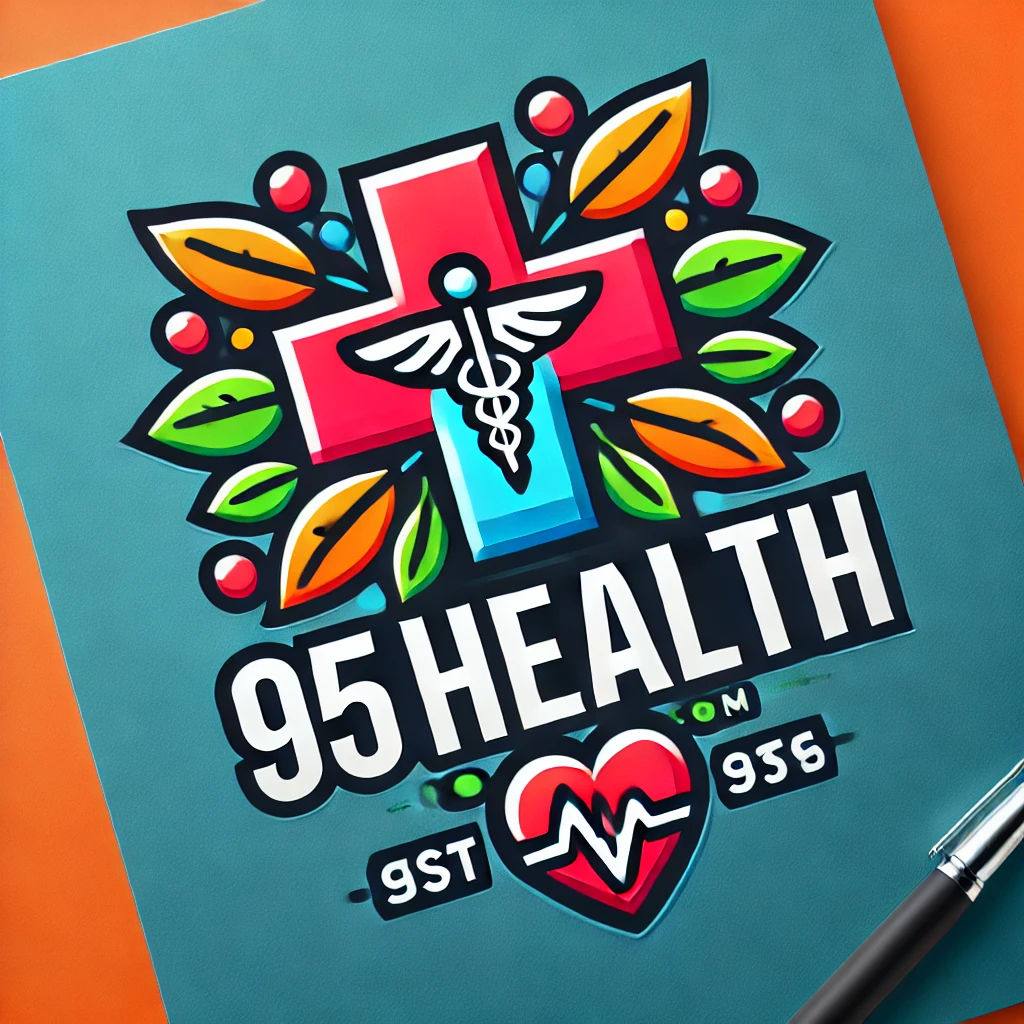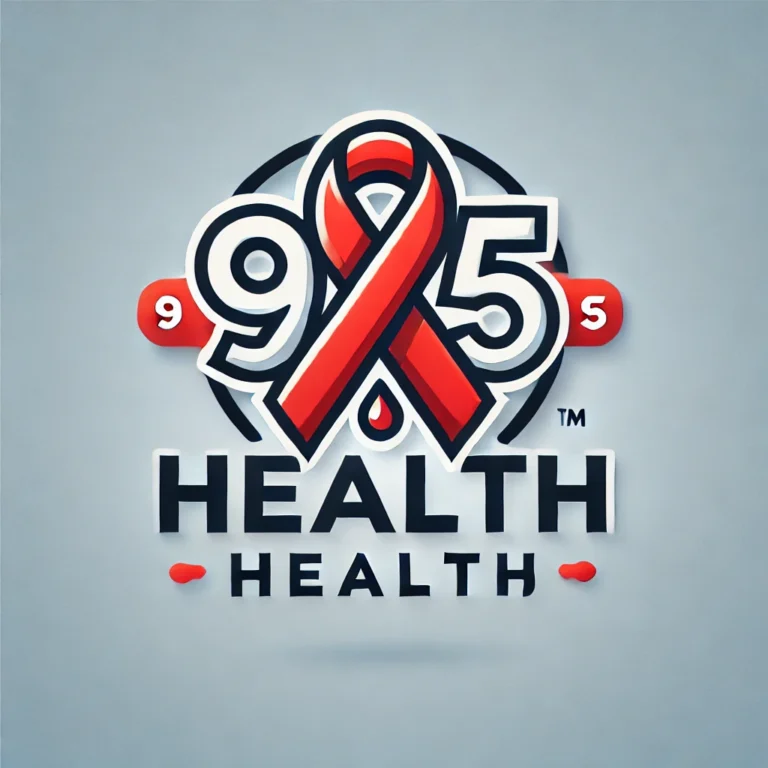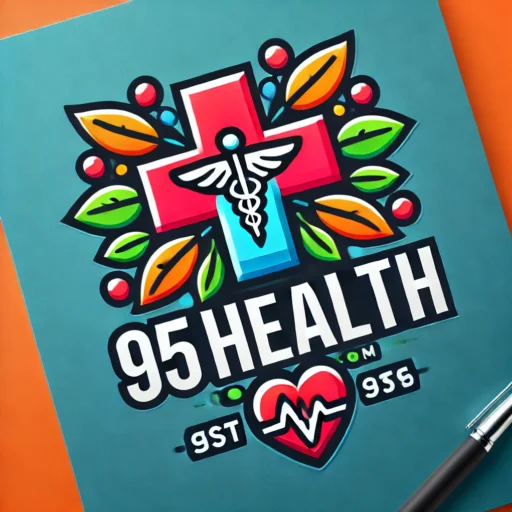E. Coli Outbreak in Flathead County
Recently, an E. coli outbreak originating in Flathead County, Montana, has caught the attention of health officials nationwide. The outbreak, caused by the Shiga toxin-producing Escherichia coli (STEC) O157
, has tragically resulted in one death and several illnesses. Health departments and the Centers for Disease Control and Prevention (CDC) are investigating the source and scope of the outbreak to prevent further infections.
The Outbreak
The Flathead County Health Department identified the outbreak after multiple reports of severe gastrointestinal illness. Symptoms of STEC O157
infection include stomach cramps, diarrhea (often bloody), and vomiting. In severe cases, the infection can lead to hemolytic uremic syndrome (HUS), a condition that can cause kidney failure, particularly in young children and the elderly.
Source and Spread
While the exact source of the outbreak is still under investigation, past incidents have often been linked to contaminated water or food products, such as raw vegetables and undercooked meats. Public health officials are conducting epidemiological and environmental assessments to trace the contamination’s origin. In similar cases, untreated irrigation water and cross-contamination during food processing have been identified as potential sources of E. coli.
Public Health Response
The CDC and local health departments have issued health alerts, advising residents to practice safe food handling and hygiene measures. Recommendations include thoroughly washing fruits and vegetables, cooking meats to safe temperatures, and avoiding raw milk products. Residents are also urged to wash their hands frequently, especially after using the bathroom and before preparing food.
Prevention Tips
- Wash Produce: Rinse fruits and vegetables under running water before eating, cutting, or cooking.
- Cook Meat Thoroughly: Ensure that ground beef is cooked to an internal temperature of at least 160°F (71°C).
- Avoid Cross-Contamination: Use separate cutting boards for raw meat and other foods. Clean all surfaces and utensils with hot, soapy water after use.
- Practice Good Hygiene: Wash hands with soap and water for at least 20 seconds, especially after using the restroom and before eating or preparing food.
Ongoing Investigation
Health officials are working tirelessly to identify the outbreak’s source and implement measures to prevent future incidents. Updates will be provided as new information becomes available. The public is encouraged to stay informed through reliable sources such as the CDC and local health departments.








I’ve seen first hand E. coli outbreaks in community settings including schools where young children are most vulnerable. I will remember an incident of falling sick of contaminated food by so many kids in one go, which has made me realize the need of strict standard for hygiene and food safety.
The CDC said the E. coli can result in severe stomach cramps and vomiting, and that young children and older adults are at greater risk of serious complications. My experience in the field of public health, including certifications in Food Safety Management, has understood that as soon as these outbreaks have become evident, and quickly reacted to.
As it’s important to remain informed about local outbreaks and always follow hygiene guidelines. What do you think is a priority for what measures you would be taking to make sure something like this does not happen again? Sharing our thoughts and experiences!